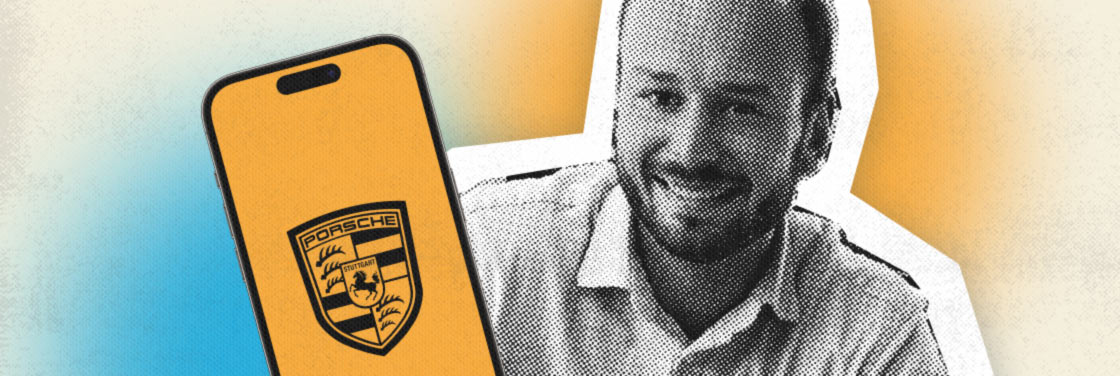The first IT HighRise meet-up for developers, architects, and other professionals will be held tonight in Tbilisi. We talked to one of the speakers, Cyril Cermak, who will give a presentation about the architecture of mobile interfaces.

— Tell us about your projects. What are the most interesting cases in your professional activities? What were the challenges and non-standard solutions?
— I’m working as an iOS System Architect at Porsche, where we’re developing internal mobile apps. We’re transforming a traditional car company into a digital-focused firm with internal SW development teams.
This is very challenging. My Porsche is our primary app. It provides our users with connected features and services, customer management, and brand engagement. As an iOS System Architect, I’m responsible for the app architectural runway, developer happiness, CI/CD, and the overall project health and quality. There are roughly 40 iOS engineers working on this app on a daily basis, distributed into 14 cross-functional teams. It’s a very challenging and motivating job.
Besides that, I’m also actively developing my own projects. The latest one I’d like to highlight is appstorereviews.net. It’s a helper tool built with web technologies, which scrapes reviews from App Store and Play Store in each country and provides an extensive analysis of them and a clear overview of the app in different countries. As for iOS, I’ve been developing AchieveMe, a motivational app for goal achievers.
— What key points will you cover in your speech at the IT HighRise event?
— In my short presentation, I’d like to give a high-level overview of mobile architecture (iOS), development patterns, and workflows that, in my view, are currently leading the way for large-scale mobile development.
I’ve been designing and improving such architecture and workflows on iOS for the past six years. At Porsche, together with my colleagues, we’ve also proved that the project can scale on such a setup very well. But I’ll talk more about that in the presentation.
— Where do you see mobile development going in 2023: trends, problems, and solutions? What will developers focus on?
— I don’t think there will be many changes next year. As I see it, development teams will be enabled with some cross-platform development tools like Kotlin, a multiplatform, which reached the beta stage this year. Flutter, a cross-platform mobile framework from Google, is also getting increasingly popular.
As for native development, I see lots of refactorings into SwiftUI on iOS or Compose on Android happening alongside the transformation of traditional codebases into reactive and declarative approaches.
However, in the next five years, I expect native mobile development to hit the trend of the cloud. Apple recently introduced the Xcode cloud, which might reach maturity and offload many developers’ tasks to the cloud in the following years. Including builds caching, fast deployments, and a feedback loop cycle from unit testing directly integrated into the IDE.









